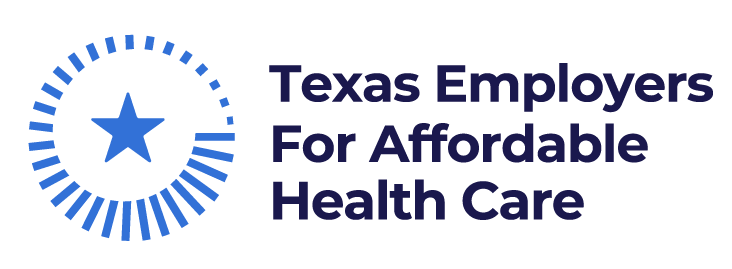The Texas Legislature took a crucial step towards restoring competition to health care markets with the passage of legislation prohibiting four specific anti-competitive contracting tactics that limit both competition and engagement in health care markets. This built on legislation passed during the previous session which required both hospitals and insurers to provide transparent pricing information to the public. During this year’s legislative session, Texas lawmakers have an opportunity to continue efforts to restore competition to health care markets to rein in skyrocketing prices.
Transparent pricing is an essential part of any healthy market but price transparency has long been absent when it comes to health care. Many payers — including employer-funded health plans — lack the data necessary to put together benefit plans that can lower prices and improve the value of care. The result is that too many employers are paying what are sometimes exorbitantly high prices for health care, undermining their ability to hire new workers or pay better wages.
One answer is a Texas All-Payer Claims Database, similar to what Georgia has established.
In 2021, Texas lawmakers established the Texas All-Payer Claims Database within The University of Texas Health Science Center at Houston and UTHealth Houston School of Public Health Center for Health Care Data. Unfortunately, federal grants to help fund the effort have not been forthcoming, making use of the database cost-prohibitive for too many researchers.
This is a real missed opportunity.
A fully funded Texas All-Payer Claims Database with non-personally identifiable health care claims data from public and private payers would help remove some of the mystery around health care prices, removing a significant barrier to use. A recent poll by Texas 2036 found that 41% of likely Texas voters had someone in their household postpone or skip medical treatment in recent years because they didn’t know what the final medical expense might be, and that number went up to 52% for mothers.
The data provided by a Texas All-Payer Claims Database could also be used by employers to benchmark their plans against others, identifying low-priced providers that can actually be utilized—because the database contains actual claims data, it indicates which providers are actually providing specific services regularly.
Establishing baseline health care pricing information would allow employers to monitor and analyze health care expenses and outcomes, using that data to identify high-value providers, and improve health benefit plans in ways that reduce expenses while improving quality of care.
A Texas All-Payer Claims Database would also provide state officials with actionable information that could be used to better design high-value benefit plans for state employees, assess population health, measure utilization of health care services, and review the cost of government health care mandates. It could also help enable oversight of health insurance premium medical loss ratios, as well as waste, fraud, and abuse studies that could lower health care expenses for state agencies.
Texas lawmakers have been making great strides in restoring competition to health care markets, improving access to affordable care for more Texas families. The next step in this process is to fully fund the Texas All-Payer Claims Database and provide actionable data to employers, families and state agencies that will allow them to pursue strategies that will foster a healthier, more productive Texas.
